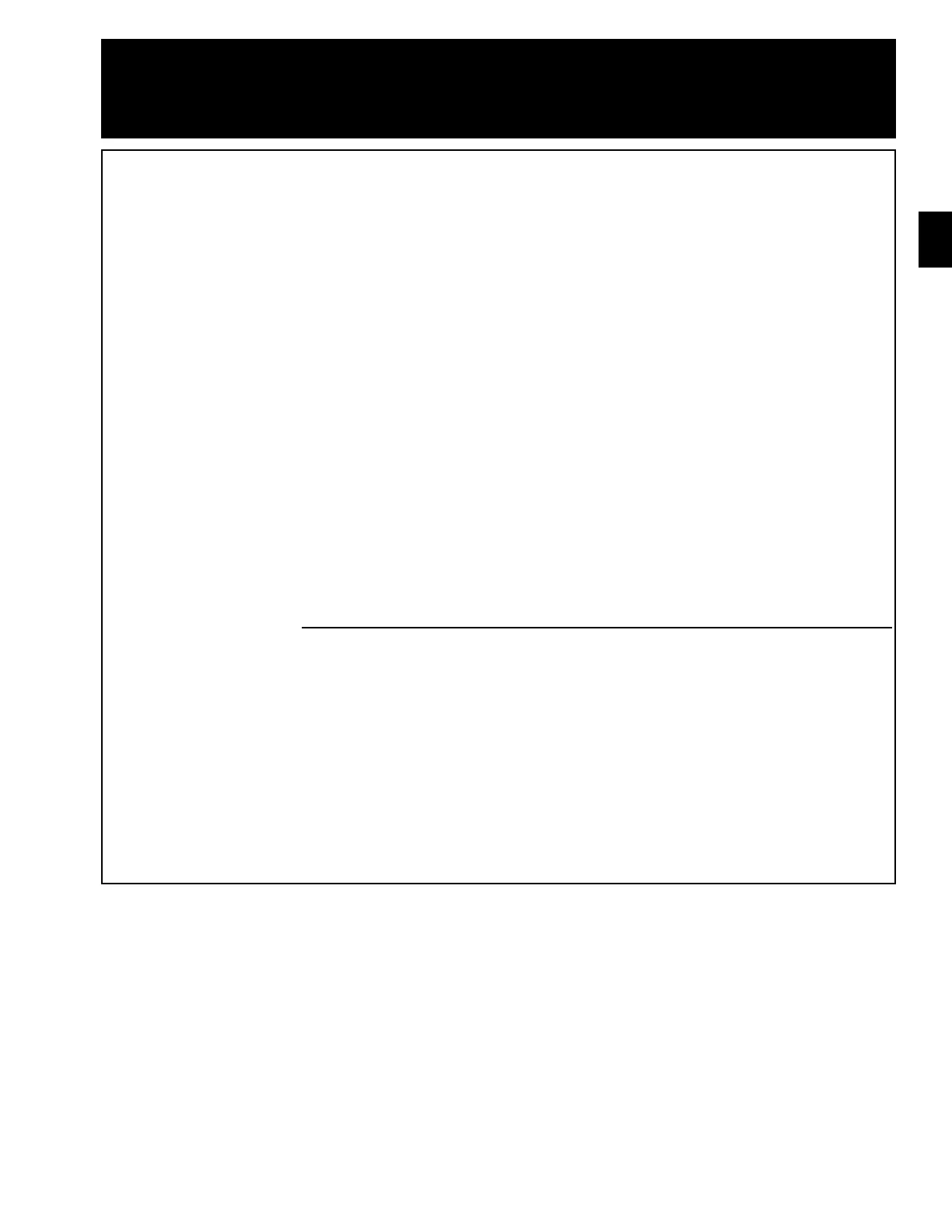5
2 Inspection
Safe operation requires thorough examination of wheels and attaching hardware,
at frequent intervals, both on and off the vehicle.
Wheels that have been in service need to be inspected at regular intervals
to assure proper and safe performance.
Like tires and other vehicle components that work hard, wheels will eventually wear out.
It isn't always possible to predict exactly when the useful life of a wheel will end. But
generally, older wheels and wheels operating in extreme conditions should be examined
more frequently for obvious signs that they should be removed from service.
As an aid to the owner in determining the period of time a wheel has been in service,
it is recommended the owner stamp an "in service" date onto the wheel at the time
of receipt. See 5-5, page 36 for recommended stamping locations.
Pay particular attention to front-end assemblies. Examine all exposed areas frequently.
Clean wheels and look for cracks or other damage. Also check the inner dualed wheel
when the outer wheel is removed.
During tire changes, thoroughly examine the entire wheel. Pay particular attention
to the rim contour and the surfaces of the rim. On tube-type wheels, carefully inspect
the gutter area normally concealed by the side rings.
Be sure that the best wheels are on the front of the vehicle.
Hidden damage
Do not exceed maximum wheel load. Customer must compare OEM vehicle load
rating to maximum wheel load rating.
Do not overinflate. Use the tire manufacturer’s recommended pressure, but under
no circumstances exceed cold tire pressures listed in Section 1 Specifications of
this manual. Before mounting the tire perform a wheel fitment check to insure
proper clearance from any obstructions.
Some forms of wheel damage can be hidden beneath the tire, so whenever a tire
is removed, thoroughly examine the complete wheel. Remove all grease and road dirt.
Use a wire brush or steel wool to remove rubber from the bead seats.
Check mounting holes for the enlargement and elongation which can occur if the cap nuts
are not kept tight (see 2-5, page 9). Dirt streaks radiating from stud holes may indicate
loose cap nuts (see 4-9, page 29).
Inspect
thoroughly
and frequently
2-1
2

